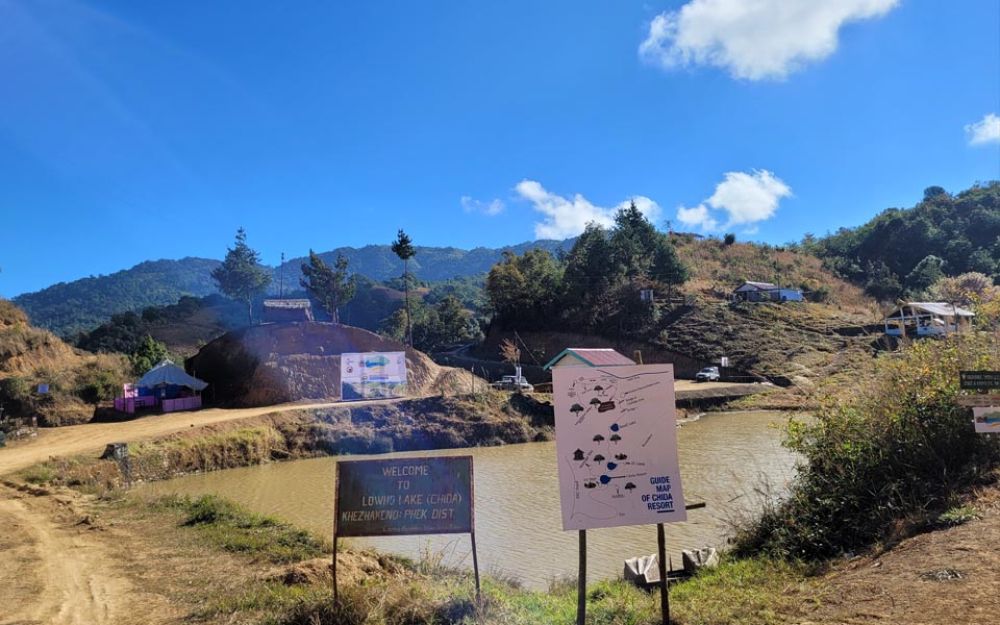

Khezhakeno Village, nestled among the lofty hills of Phek district in Nagaland, India, is a historical and mythical village resonant with ancient folklore and traditions. This village is believed to have magical and fertile lands, owing to the legends of rice that grows on trees and a lake where the rice is said to be harvested from.
The tourism history of Khezhakeno Village can be traced back to the early recognition of its cultural richness and the intrinsic connection to the Naga people's ancestral stories. It has been featuring as a place of interest for anthropologists, historians, and tourists alike. Initially, visits to Khezhakeno were limited to adventurers and those studying Naga culture. However, over the years, the Nagaland state government has recognized the potential of the village to contribute to the state's tourism sector, and thus has taken initiatives to promote it.
In recent years, there has been a shift towards sustainable and ecological tourism in Khezhakeno. Visitors are increasingly seeking authentic experiences, interacting with local communities, and learning about traditional lifestyles. Homestays are becoming more popular as they offer tourists an intimate look at Naga life. Furthermore, there is an emphasis on preserving the pristine natural beauty of the region and its unique biodiversity.
A noticeable trend in Khezhakeno's tourism is the organization of community festivals that attract visitors from around the world, aimed to celebrate and conserve native customs and practices. The village is becoming a hub for cultural tourism, capitalizing on its rich heritage and natural beauty.
The unique cultural background of Khezhakeno has a significant impact on its tourism. The village hosts storytelling sessions, cultural dances, and local handicraft exhibits that provide tourists with a glimpse into the Naga way of life. These cultural offerings have been instrumental in attracting tourists and researchers interested in indigenous cultures.